Figures & data
Figure 1. Measurement of the effect of KD025 on adipogenesis in hADSCs.

Table 1. List of real time PCR primers and sequences.
Figure 2. Effect of KD025 on fate determination of human stem cells.
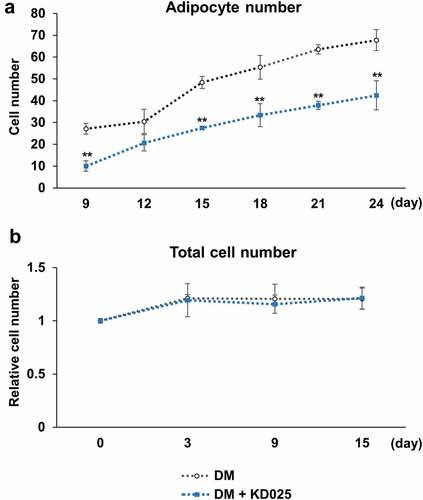
Figure 3. Effect of KD025 on adipogenic and lipogenic markers.
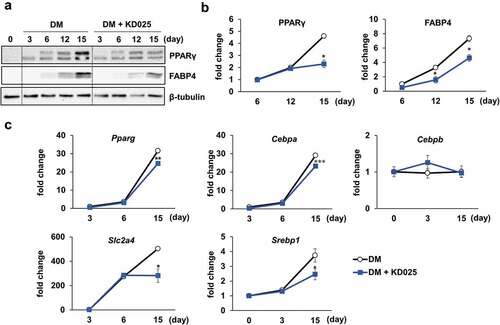
Figure 4. Stage-specific effect of KD025 on adipogenesis of hADSC.
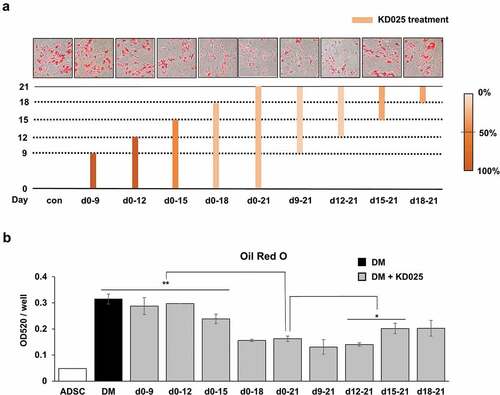
Figure 5. Effects of ROCK inhibitors on insulin signaling.
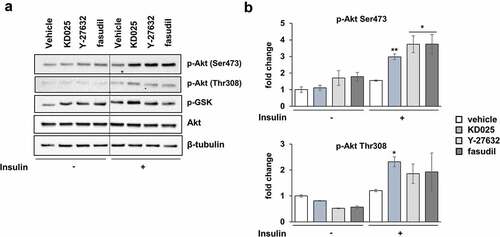
Figure 6. Effects of ROCK inhibitors on adipogenesis of hADSCs.
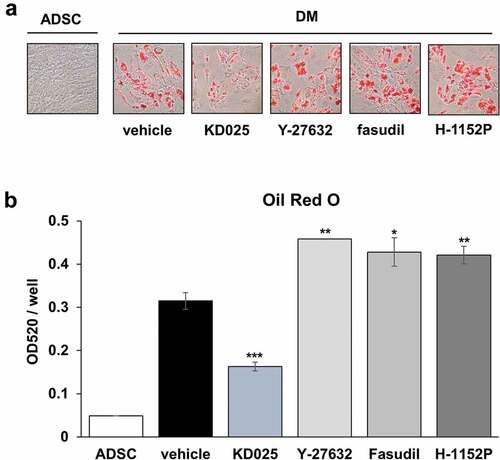
Figure 7. Proposed model of the mechanistic action of KD025 on the differentiation of hADSCs.

